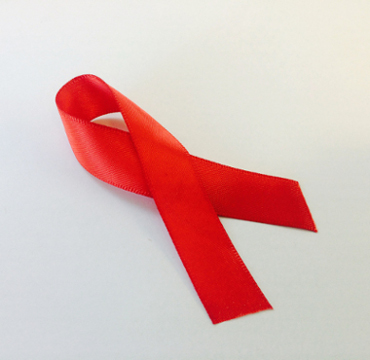Prevention and rapid access to antiretroviral therapy are still the most effective weapons in reducing still further the spread of an epidemic capable of affecting each one of us, as the Italian Ministry of Health stresses.
This is the direction that we have taken in making our contribution through this course.
It’s an informative course prepared by Dr Silvia Corcione of the University of Turin’s Infectious Diseases Clinic, which lasts around half an hour and uses the most recent data available, from the end of 2017, on:
- figures on the development of the spread of infections globally and in Italy
- therapies
- prevention
- life expectancy and conditions
- moving beyond certain prejudices connected with the transmission of particular diseases (e.g. HIV).
The Italian situation
Approximately 130,000 people in Italy live with HIV, according to figures from the end of 2017. Despite a decrease in new diagnosis of infections, no one should let their guard down, because HIV and sexually transmitted infections have the potential to affect everyone if people don’t adopt responsible behaviour that can prevent them. That’s the key message of the 2019 Ministry of Health campaign “Con l’HIV non si scherza” #HIVriguardatutti (HIV is no joke #HIVaffectseveryone) that encourages people to take action.
Data from the National Health Institute indicates 2,847 reported new cases of HIV infection in 2018, equivalent to 4.7 new cases per 100,000 residents. 80% of these can be linked to unprotected sex. The highest incidence of infection was observed between those aged 25–29. Speaking more generally, men account for the vast majority of people found to be HIV positive in 2018.
With reference to AIDS, the advanced clinical stage of HIV infection, 661 new cases were diagnosed last year, equivalent to an incidence of 1.1 new cases per 100,000 residents. This figure confirms a slight, constant decrease in the incidence of the disease. Nevertheless, the proportion of people with a new diagnosis of AIDS who were unaware that they were HIV positive has increased over time (from 48.2% in 2000 to 74.6% in 2018).
This phenomenon is still more alarming if all sexually transmitted diseases are taken into account: between 2010 and 2018 there was a marked increase in cases of people with a sexually transmitted infection. There was also a general increase in cases of syphilis, in various centres, of up to 400%. If you go on to consider that not all patients turn to public facilities, so that it is difficult to monitor the epidemiological progression precisely, there are valid reasons not to underestimate the phenomenon: that’s the warning offered by Professor Aldo Morrone at the World Congress of Dermatology 2019. Morrone is a tropical dermatologist and science director at the San Gallicano Research Hospital in Rome.
The global situation
The situation is even more serious if considered at a global level: 37,900,000 people are currently estimated to be infected with HIV.
UNAIDS gives the figure of those who contracted the virus in 2018 as 1,700,000, 16% lower than the figure for 2010. Deaths recorded as caused by AIDS have also decreased over the same period. In 2018, 770,000 people died in connection with the disease, 33% fewer than the 2010 figure.
But the sad fact is that only 62% of those infected worldwide have access to antiretroviral therapy. 13,400,000 people now living still have to go without. Africa is the region most affected by the virus, with 16 million people infected and 67% with access to therapy in Southern and East Africa and 51% in the Western and Central regions.






